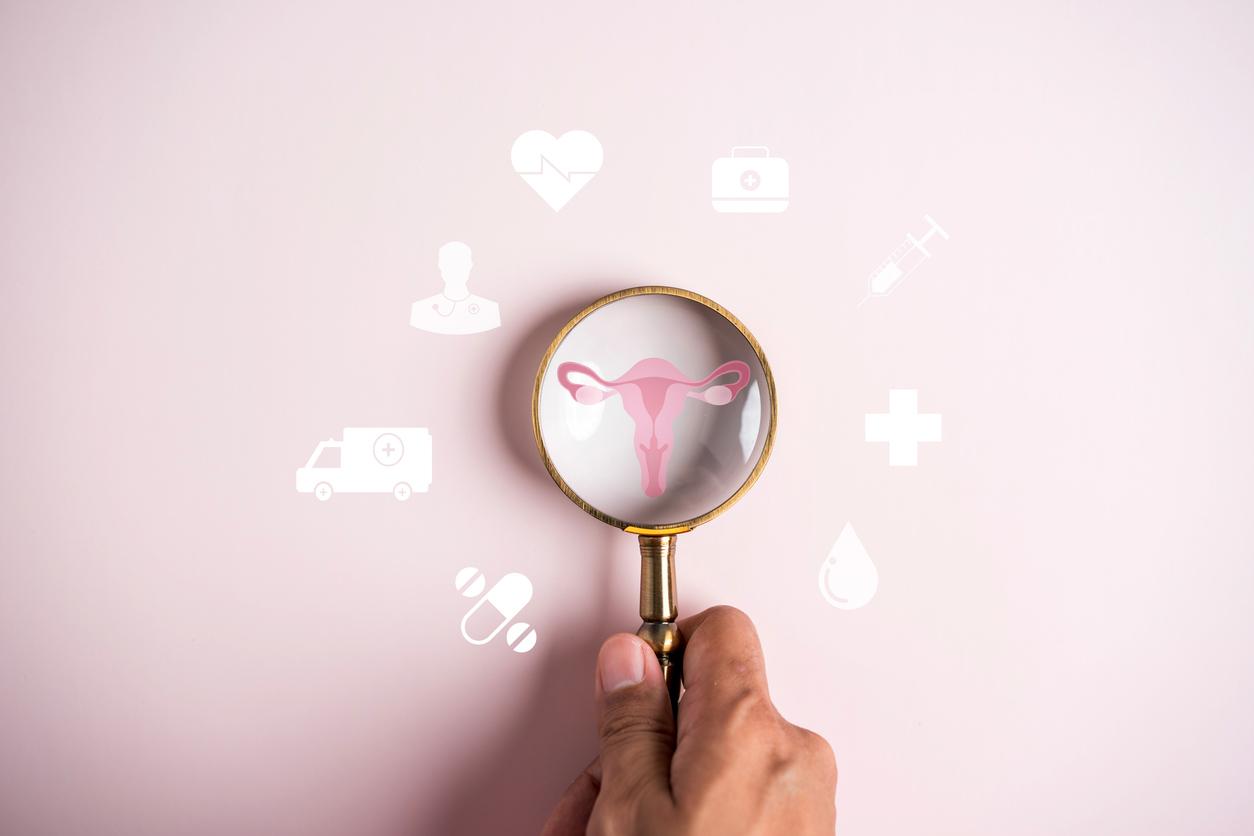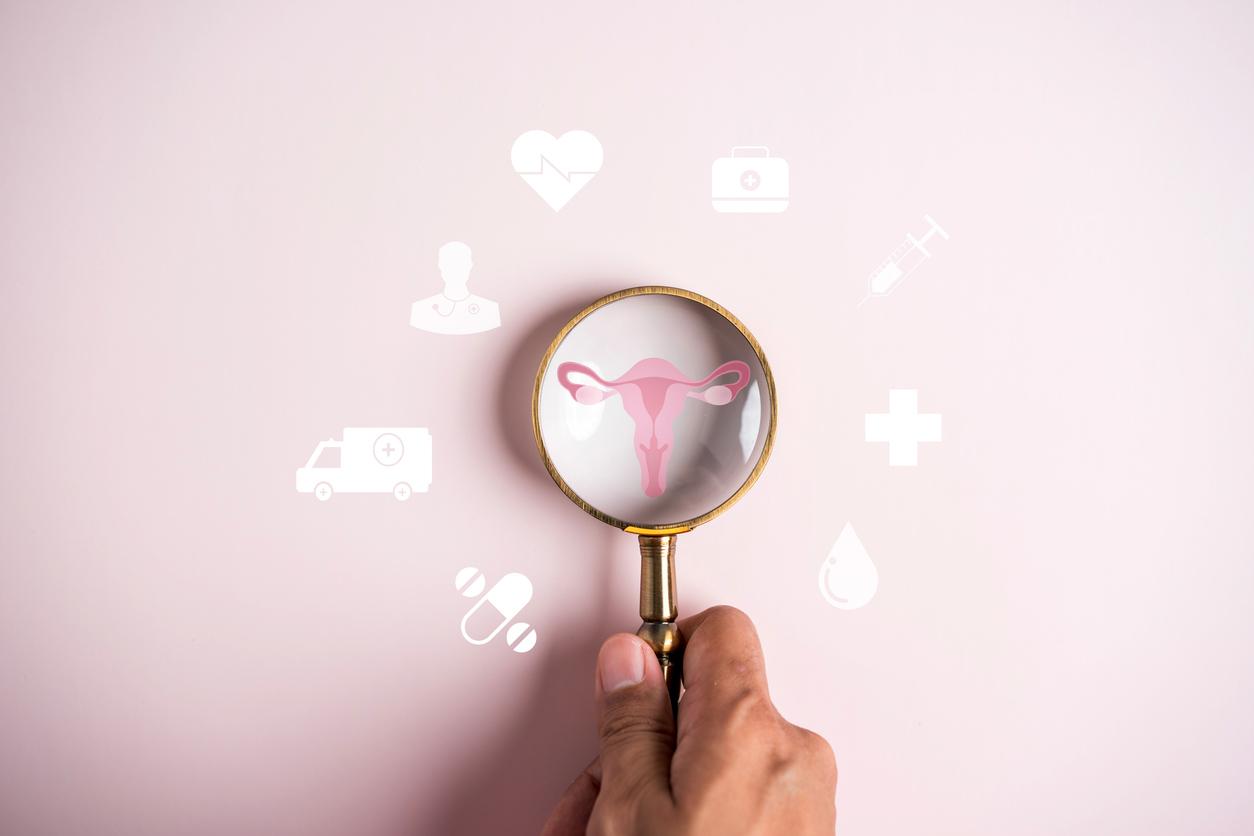On six ultrasound tests, the aim of which is to diagnose ovarian cancer, the model, called “IOTA ADNEX”, achieves an accuracy of 96%.

- In the UK, the gold standard test for diagnosing ovarian cancer in postmenopausal women is the ‘risk of malignancy test (RMI1)’ which identifies 83% of ovarian cancers.
- Given its greater sensitivity than that of RMI1, the IOTA ADNEX ultrasound protocol has better precision and can detect up to 96% of patients.
- According to researchers, ultrasound is effective when it is performed by sonographers who have completed specific training and received certification.
In a recent study, published in the journal The Lancet OncologyBritish and Belgian scientists wanted to compare all the tests currently available to diagnose ovarian cancer in postmenopausal women. Their goal? “Identify the best, because early diagnosis of ovarian cancer is vital. The faster and earlier ovarian cancer is diagnosed, the easier it is to treat and the more conclusive the results.”
IOTA ADNEX can detect up to 96% of women with ovarian cancer
For the purposes of the research, they recruited, between 2015 and 2018, 1,242 postmenopausal patients, of whom 215 had primary ovarian cancer. “Since 166 participants, aged 16 to 90 years, had missing, inconclusive or other reference standard results, data from 1,076 volunteers were, therefore, used to evaluate the index tests for the main result”, the team said. The patients included in the work had non-specific symptoms or abnormal ultrasound findings and were referred to 23 hospitals across the UK. They had to fill out a questionnaire about their symptoms, give a blood sample and have transabdominal and transvaginal ultrasounds performed by certified sonographers.
The results showed that the IOTA ADNEX ultrasound protocol was “likely to lead to some women who do not have cancer also being reported as having a higher risk of cancer.” Specifically, this model achieved 96% accuracy when used by sonographers who have completed specific training and received certification. According to the researchers, this ultrasound test is significantly more efficient than the current reference test, called the “risk of malignancy test (RMI)”, in the United Kingdom, which identifies 83% of ovarian cancers.

Ovarian cancer: “better aware of the symptoms”
“Alongside this innovative research, we need to raise awareness of the symptoms of ovarian cancer so that women know to visit their GP to get screened and receive the best possible treatment as soon as possible. “It is essential that new working methods like this are implemented as quickly as possible.” declared Annwen Jones OBEgeneral director of the Target Ovarian Cancer association.

















